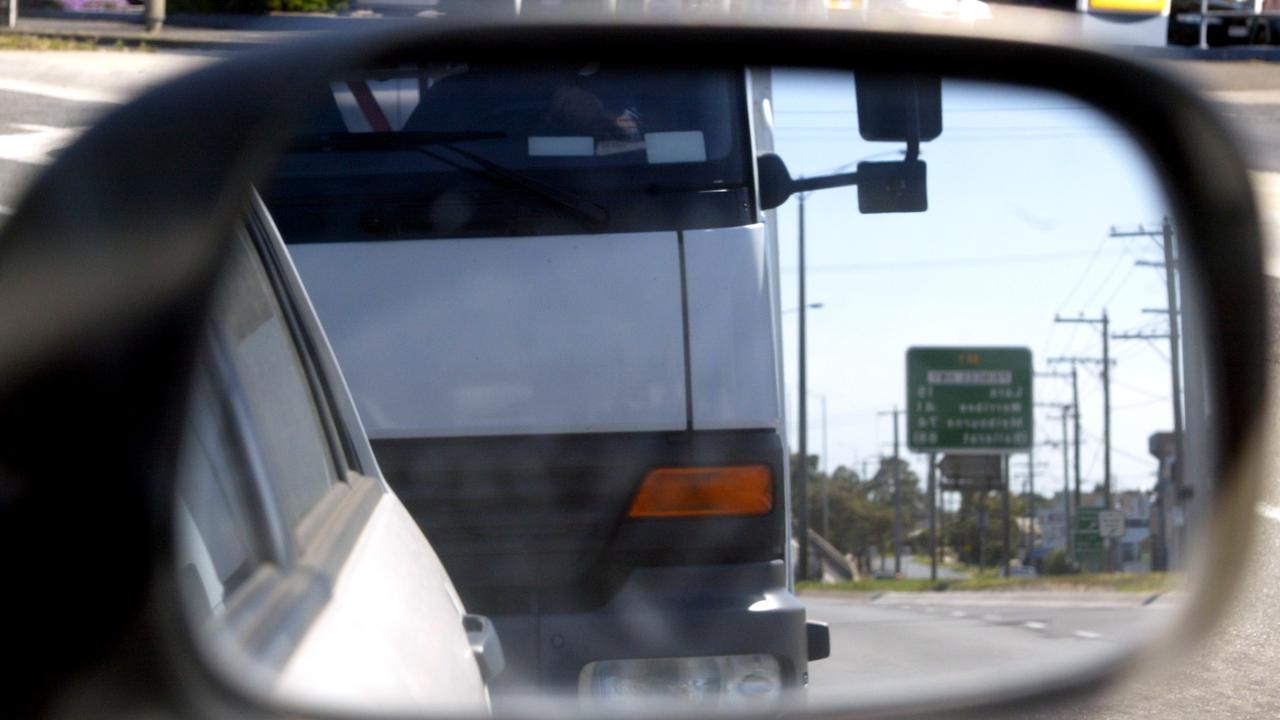Fox menace targeted around Mon Repos turtle nesting site
THE Nest to Ocean Turtle Protection program has this year detected 20 fox dens resulting in eight of the predators being trapped near Mon Repos Regional Park.
Chinchilla
Don't miss out on the headlines from Chinchilla. Followed categories will be added to My News.
A JOINT State and Federal crackdown is successfully combating the growing threat posed by foxes to eggs and hatchlings at Australia's premier mainland turtle nesting site near Bundaberg.
The Nest to Ocean Turtle Protection program has this year detected 20 fox dens resulting in eight of the predators being trapped near the Mon Repos Regional Park.
Minister for Environment and Heritage Protection, National Parks and the Great Barrier Reef, Dr Steven Miles said the fox dens were uncovered within a 4km by 1.5km coastal strip from Burnett Heads to Elliott Heads.
Dr Miles said Burnett coast locals were doing their bit to help the Queensland Parks and Wildlife Service (QPWS) protect threatened marine turtles by "dobbing in'' foxes.
"About 70 percent of the fox dens were found thanks to public responses to brochures,'' Dr Miles said. "The rest of the dens were found by fox detection dogs.
"Trapping yielded five adult females, or vixens, and three males, which were trapped and dispatched.
"Four vixens had 16 unborn pups between them, so that's a lot of foxes that could have eaten turtle eggs and hatchlings, taken out of the system.
The Nest to Ocean Turtle Protection Program provides $7 million over four year and is now into its second round of funding.
Under the program, Queensland Parks and Wildlife Service (QPWS) is leading the two-year $130,240 Mon Repos project, Beyond the Beaches.
Dr Miles said the program was tapping into community concerns by empowering them to call-in fox den locations.
"The beaches from the Elliot River north to Bustard Head host the largest concentration of nationally threatened marine turtles - loggerheads, flatbacks, greens and leatherbacks - on eastern Australia's mainland coast," Dr Miles said.
"Nest losses of more than 5 percent a year are unsustainable for the turtle populations, but some years ago we were losing up to 90 percent of the nests in this area to foxes.
"While the turtles are important in conservation terms, and a much-loved part of the local scene, they are also a big tourism drawcard for the region, and the community is keen to help for all those reasons,' he said.
He said QPWS would look at monitoring known dens and undertaking further trapping operation.
"As the dens are not on the Regional Park, QPWS will continue to engage with council about fox control for future breeding seasons," he said.
Another fox control program is due to start further north between Bundaberg and Agnes Water, funded by round two of the Nest to Ocean Program.
The Burnett Mary Regional Group for Natural Resource Management was granted $659,359 for this three-year project.
Residents can dob-in-a-fox to QPWS (PH 0419 645 820) or Bundaberg Regional Council (PH 1300 883 699).


